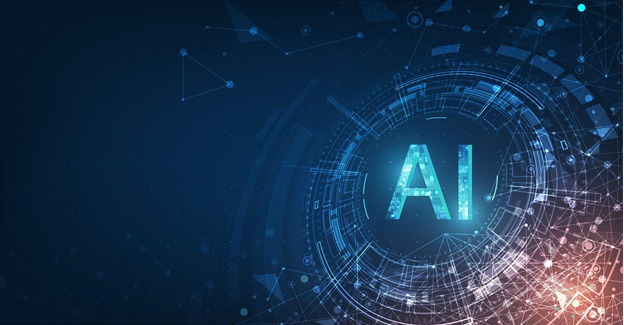
In an era of ever-evolving regulatory frameworks, the integration of artificial intelligence (AI) is transforming the landscape of regulatory compliance. This article explores how AI is playing a crucial role in streamlining processes, enhancing accuracy, and ensuring organizations meet the complex demands of regulatory compliance in various industries.
- Automated Regulatory Monitoring:
- Real-Time Monitoring: AI-powered systems continuously monitor regulatory changes and updates in real-time. This proactive approach ensures that organizations stay informed about the latest regulatory developments, reducing the risk of non-compliance and enabling swift adaptation to changing requirements.
- Customizable Alerts: AI algorithms allow organizations to customize alerts based on specific regulatory requirements relevant to their industry. This feature ensures that compliance teams receive timely notifications about changes that directly impact their operations, facilitating a more focused and efficient response.
- Regulatory Document Analysis:
- Natural Language Processing (NLP): AI utilizes NLP to analyze and interpret regulatory documents, extracting key insights and relevant information. This automation accelerates the review process, enabling compliance teams to quickly understand the implications of regulatory changes and implement necessary adjustments.
- Semantic Analysis: AI-driven semantic analysis enhances the comprehension of complex regulatory language, identifying relationships between different regulatory clauses and providing a more holistic understanding of compliance obligations.
- Automated Compliance Reporting:
- Data Aggregation and Analysis: AI automates the aggregation and analysis of data relevant to compliance requirements. By processing large datasets efficiently, AI facilitates the generation of accurate and comprehensive compliance reports, reducing the manual effort and potential for errors associated with traditional reporting methods.
- Dynamic Reporting Models: AI enables the creation of dynamic reporting models that can adapt to changes in regulatory requirements. This flexibility ensures that organizations can generate reports that align with the latest compliance standards, even in the face of evolving regulatory landscapes.
- Risk Assessment and Mitigation:
- Predictive Risk Modeling: AI utilizes predictive analytics to assess potential risks associated with regulatory compliance. By analyzing historical data and identifying patterns, AI systems can predict areas of heightened compliance risk, allowing organizations to proactively implement risk mitigation strategies.
- Continuous Monitoring of Risk Indicators: AI systems continuously monitor various risk indicators, including transaction data, employee behavior, and external market conditions. This real-time monitoring enables organizations to identify and address potential compliance risks promptly, reducing the likelihood of regulatory violations.
- Enhanced Data Privacy Compliance:
- Automated Data Privacy Audits: AI automates the process of conducting data privacy audits, ensuring that organizations adhere to data protection regulations. By scanning databases and systems for potential privacy breaches, AI contributes to maintaining compliance with stringent data privacy standards.
- Sensitive Data Recognition: AI employs machine learning algorithms to recognize and classify sensitive data, helping organizations identify areas where enhanced data protection measures are necessary to comply with privacy regulations.
Conclusion:
Artificial intelligence is becoming a linchpin in the realm of regulatory compliance, offering organizations advanced tools to navigate complex regulatory landscapes with agility and precision. By automating monitoring, analysis, reporting, and risk mitigation processes, AI empowers compliance teams to proactively address challenges and ensure adherence to regulatory standards. AI-driven regulatory compliance solutions. Act now and ensure your business remains steps ahead of the curve.








